Garden blueberries: features of growing in the suburbs
Recently, blueberries are often grown by summer residents as a garden crop. Its berries are considered a valuable product, as they contain vitamins and trace elements necessary for the body, while having a low calorie content. In the climate of the middle lane, the plant can be grown, if desired, in any summer cottage. For the Moscow region, there are their own zoned varieties that give a bountiful harvest.
Where do blueberries grow?
In nature, blueberries grow in European countries, in Japan, Iceland, North America. The shrub prefers mixed forests, tundra, swamps. He likes acidic peat soil, moisture and coolness. Usually, the bushes settle in large groups on the ground - you can hardly find them growing separately.
Residents of the Far Eastern region, Siberia and the Urals are accustomed to seeing this berry, covering forest glades and the shores of reservoirs with a continuous carpet. You can grow blueberries in culture anywhere, if you create the right conditions for it. The plant easily tolerates lack of heat, rains, hot weather. However, for planting, you should still select varieties suitable for growing in a particular climate.
Varieties for cultivation in the Moscow region
Planting and caring for blueberries in the Moscow region has ceased to be a rarity today. Thanks to breeding work, varieties were obtained that give an excellent harvest in the Central Region of Russia.
The best varieties for the Moscow region:
- "Spartan". The shrub has an early maturity. You can pick berries from the third decade of July. The height of the bushes can reach 2 meters. This varietal variation has good winter hardiness. From each bush, regardless of the weather conditions, you can get up to 7 kg of berries with a diameter of 1.6-1.8 cm in a rich cornflower blue color. If not harvested immediately, the berries may fall off. Spartan blueberries perfectly decorate any area. In early spring, the foliage is colored orange and later turns dark green.
- "Patriot". A tall ornamental variety often used in landscape design. The plant changes its foliage color from brick to emerald, depending on the season. This blueberry has a medium-early ripening period. The diameter of the berries can be up to 2–2.2 cm. There is a dense bloom on the surface of the fruit. High winter hardiness - the bush can withstand frosts down to -40 ° C. The variety is self-fertile, high-yielding. One bush is capable of producing up to 8 kg of berries. Fruiting occurs in the 5th year from the moment of planting.
- "Bluecrop". Garden blueberry of this variety looks a lot like grapes. The height of the bushes can be up to 2 m. Berries with a diameter of 2 cm grow in clusters. The color of the fruit is blue, a light bloom is visible on the skin. Blueberries begin to bear fruit early - in the third year after planting. The shrub can tolerate frost down to -35 ° C. The variety is resistant to typical diseases. 9 kg of berries can be removed from one plant every year.
- Earpy Blue. An early blueberry that can be harvested in July. The height of the bush reaches 1.9 m. The average diameter of the fruits is 1.8 cm. The berries have a deep blue color, and large clusters grow on the bush. The fruits are not prone to shedding. The yield indicator is 7 kg per bush. The variety can withstand frosts down to -35 ° C.
- "Toro". Blueberries with medium ripening. It will be possible to harvest in early August. The berries are large, up to 2.5 cm in diameter. The bush is tall, reaches a height of 2 m. The yield indicators are high - 7–9 kg of berries from one bush.The return of fruits is friendly, the blueberries do not crumble after ripening.
- Chandler. Medium late grade. The bush is sprawling, erect, grows up to 1.7 m. The berries are extremely large, up to 3 cm in size. The variety is self-fertile, but when grown nearby other varietal varieties, it gives higher yields. The shrub is characterized by good frost resistance, tolerates frosts down to -35 ° C. The pulp of the fruit is firm, sweet and sour. Blueberries keep well.
Also, such varieties as "Northland", "Bonus", "Duke", "Elizabeth" have proven themselves quite well. For a variety to reach its full potential, a crop needs proper planting and proper care.
Landing dates
In the Moscow region, you can plant blueberries in autumn or spring. In spring, April is most suitable for planting. By this time, the snow at the summer cottage should finally melt. Planting is carried out before the start of sap flow in fruit trees and shrubs. The advantages of spring planting are that over the summer the plant will get stronger and adapt in the open field.
If planting is planned for the fall, choose a dry, clear day in September or October (depending on the region). It should be noted that a seedling needs 3 to 5 weeks for the adaptation and rooting process. If blueberries are planted late, they will not have time to settle down before frost and will die.
How to plant blueberries correctly?
For landing, choose a sunny place protected from the winds. You can plant blueberries near the fence. Low-lying areas, where there is often stagnant water, are not suitable for growing shrubs. It is better to plant the berry in the place where nothing grew before it.
In clayey soil, the roots of blueberries can stick, so it is better to build an elevated bed in the form of a box covered with soil on the clay. The soil should be loose, acidic, drained. When planting several bushes, a distance of 1–1.3 m is maintained between them.
The planting process is as follows:
- A hole 50 cm deep and about a meter wide is dug at the chosen place.
- A drainage layer is laid at the bottom (gravel can be used).
- A few hours before planting, the seedling is soaked in a bucket so that the roots are saturated with moisture.
- The soil in the planting hole is spilled with warm water with the addition of a growth stimulator.
- A layer of soil is laid on the drainage and moistened with water from a watering can.
- The roots of the seedling are straightened and the plants are set vertically, so that the root collar is flush with the ground.
- Then the roots are sprinkled with soil and slightly compacted the soil.
After planting, blueberries are watered and mulched with chopped straw, bark, dried grass. The thickness of the mulching layer is 5–7 cm.
How to grow a productive shrub?
It is not difficult to grow blueberries in the country if you properly care for the seedling. When planting in spring, the bush first needs abundant watering. The plant is watered 3-4 times a week. Adult bushes are irrigated every 4–5 days. The rate of water application for each plant is 15–20 liters of water.
In hot and dry weather, blueberries are watered more often. On a cloudy day and in the evening, let's say watering by sprinkling - when the stems and leaves are irrigated with water, the plant likes it.
After moistening, it is advisable to cover the soil with mulch. This technique prevents the rapid evaporation of moisture and the growth of weeds. As mulch, you can use sawdust of coniferous trees, straw, hay. The mulching layer needs to be renewed every few months. It is completely replaced once a year - in the fall.
If mulch is not used, the soil needs to be loosened and weeded. It is necessary to loosen the ground carefully, since the root system of blueberries is superficial.
During the season, the culture is fertilized several times. The last dressing is applied after flowering. For this purpose, complex mineral fertilizers are used. The bush is not fed with organic matter, as this will lead to deoxidation of the soil.Twice a year, the soil is spilled with a citric acid solution (20 g per 10 liters of water).
After 3 years from the moment of planting, the blueberries are pruned. In early spring, you need to remove damaged, weak and diseased shoots, as well as all branches that are bent to the ground. Erect strong shoots are sure to leave. In the early years, it is important to form a strong bush.
Sometimes blueberries get sick, but this rarely happens. It is mainly affected by fungal diseases. Some pests can also annoy - scale insects, aphids, kidney mites, leaf gall midge. Insects are poisoned with chemical insecticides, using drugs such as "Karbofos", "Karate", "Thunderstorm". Fungal diseases are treated with fungicides.
When is the harvest ripe?
If you grow early varieties of blueberries, you will be able to taste the first berries in the middle of summer. Usually the crop is harvested in 2-3 receptions. Most of the berries ripen at the beginning of fruiting, the first fruits are the largest. Gradually, the remaining blueberries also ripen, they are cut off from the bush in the next 2-3 weeks.
Hybrids with short ripening periods yield earlier than others. They can please with ripe berries already in the 2nd decade of July. Mid-season varieties are ready for harvest in early August. Late varieties give off ripe berries starting in mid-August.
Now you don't have to go to the forest for blueberries. It is enough to plant a berry bush on your site - and you can harvest without leaving your home. The productive age of the culture is 50-60 years. With the right care, garden blueberries will remain healthy and fruitful all these years.
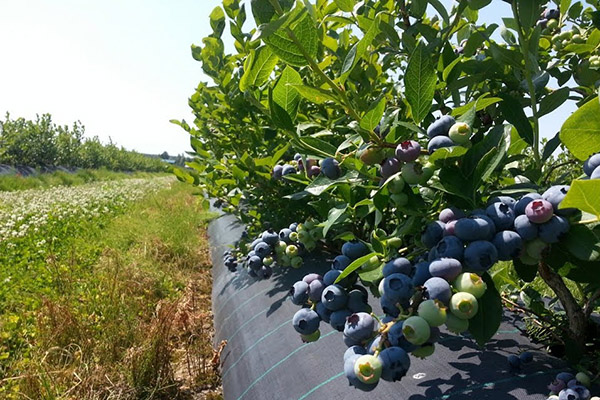

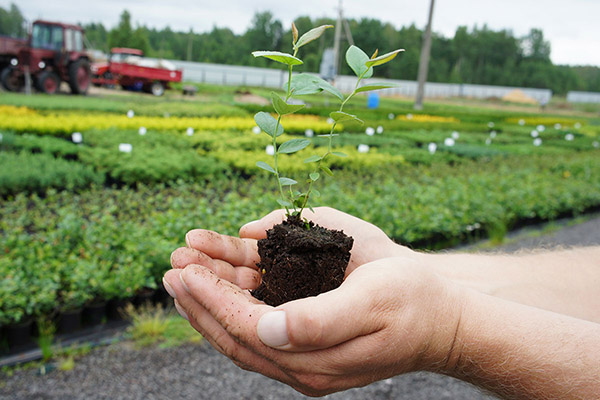
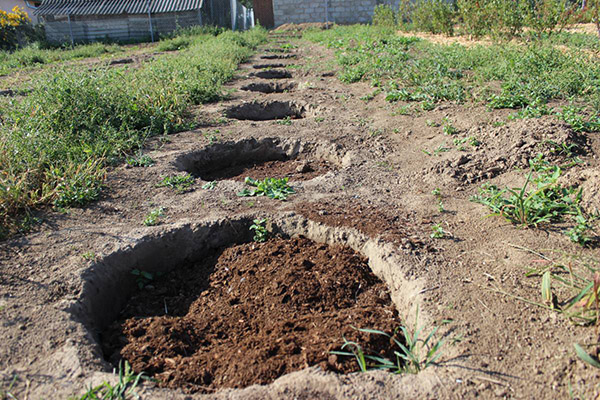
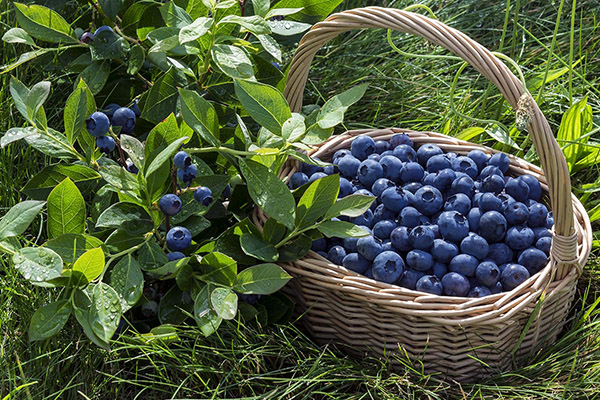
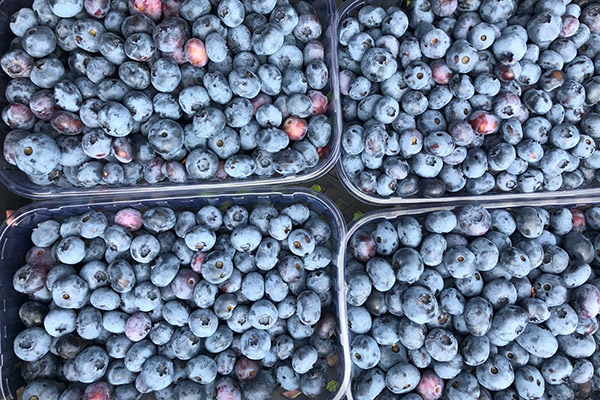
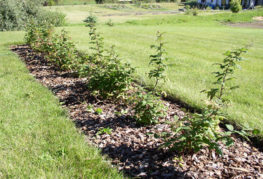
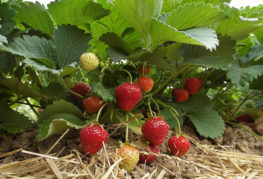
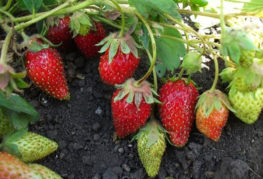
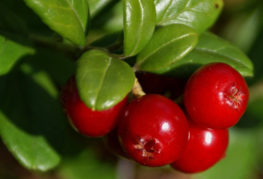

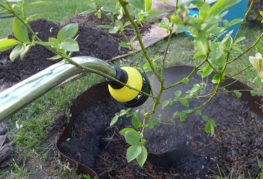
and will be published shortly.